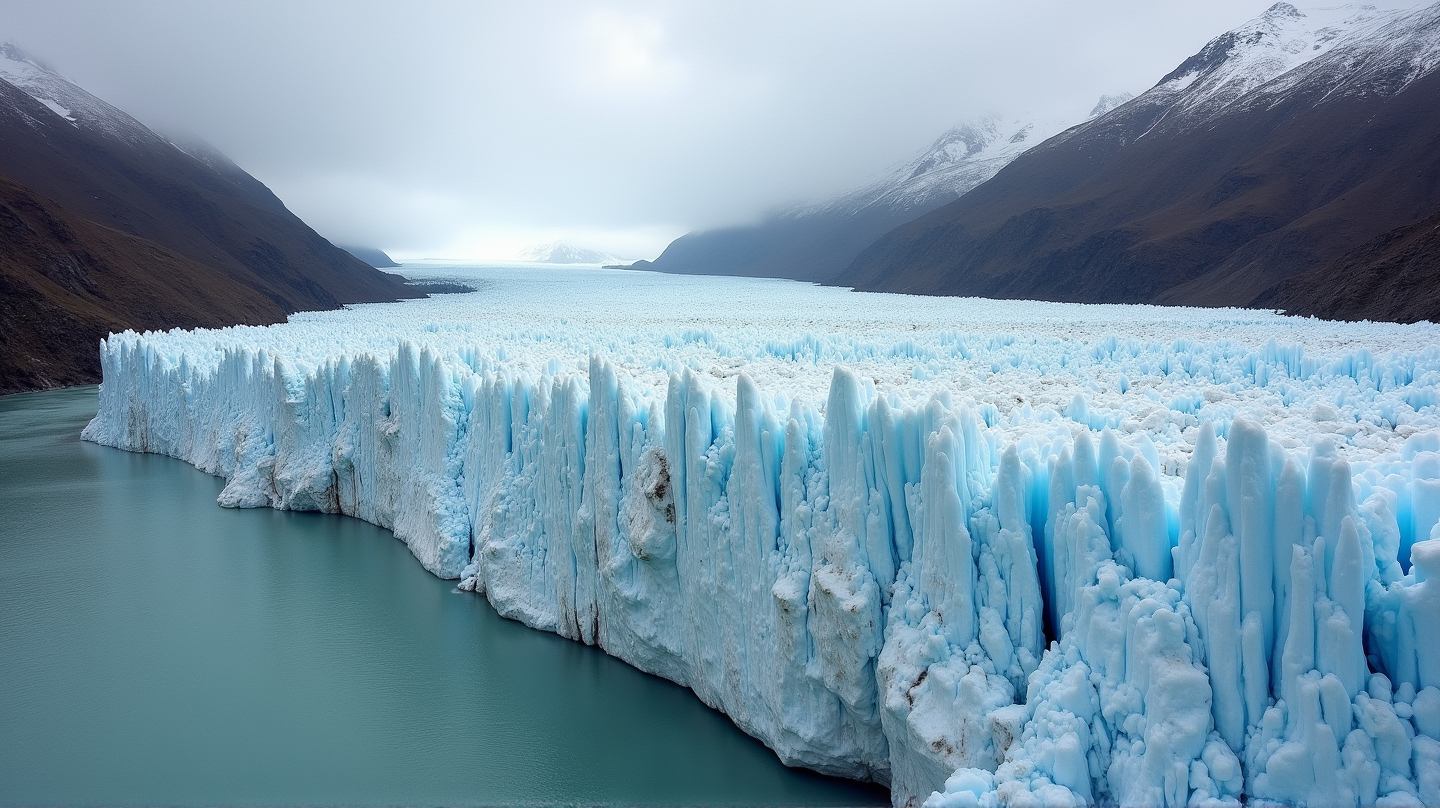A Window into the Past and Future
In the heart of Laguna San Rafael National Park, Chile, a dramatic transformation unfolds over nearly four decades. Captured through the lens of satellites, images from 1987 and 2024 reveal a landscape scarred by time and climate change. The Northern Patagonian Ice Field, once a part of the vast Patagonian Ice Sheet, lays bare its struggle against the relentless warming of our planet.
Witnessing a Glacier’s Retreat
Nestled along Chile’s southern Pacific coastline, the park stretches over 17,000 square kilometers, offering an area of stunning natural beauty and urgent ecological concern. This region is home to the second-largest continuous ice mass outside the polar regions. Among its glaciers, San Rafael and San Quintín stand as somber sentinels of change, receding year upon year due to global warming. According to European Space Agency, these glaciers depict a clear narrative of climate impact, dramatic contours etched into the ice across time.
The Life Beneath the Ice
The San Rafael glacier, known for its vigorous calving, sends icebergs westward into the Pacific Ocean, feeding the shimmering waters of Laguna San Rafael. This lake, a poignant reminder of the glacier’s retreat, shimmers in hues of dark blue to aquamarine, vividly reflecting the presence of ‘glacier milk’—a fine sediment polished from ancient rocks.
Shifting Landscapes
Below lies the San Quintín glacier, also on the retreat. The comparison between the 1987 and 2024 images is stark; once nearly touching land, the glacier’s receding face now feeds a vibrant proglacial lake, a tangible witness to warming temperatures and shifting landscapes.
A Call for Global Attention
The tale of these glaciers is not confined to Chile. Around the world, glaciers are yielding to rising temperatures, their melt leading directly to rising sea levels—a harbinger of potential devastation. These satellite images, a collaboration between USGS and ESA, processed through the Copernicus Sentinel-2 mission, underscore our global imperative to act and adapt.
The Role of Satellite Technology
Satellite technology enriches our understanding of glacier dynamics, providing a wealth of data to ensure informed decisions in shaping our future climate strategies. The capability to closely monitor glacier changes will ultimately guide efforts to mitigate impacts and foster resilience in the face of an uncertain climatic future.
This visual journey reminds us of Earth’s delicate balance, calling for stewardship of our glaciers before their echoes fade into history.
